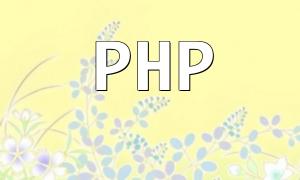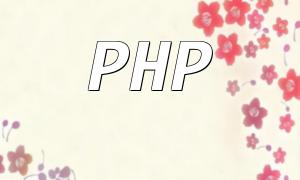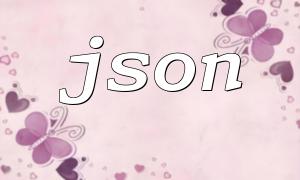With the rise of WeChat Mini Programs, more and more developers are focusing on adding multilingual support. To allow users from different language backgrounds to use the Mini Program easily, this article will guide you on how to implement multilingual support for WeChat Mini Programs using EasyWeChat and PHP.
EasyWeChat is a PHP-based WeChat development toolkit that provides a rich set of easy-to-use interfaces, helping developers quickly integrate WeChat-related features. By using EasyWeChat, developers can efficiently manage users, messages, payments, and other functionalities within WeChat Mini Programs.
To enable multilingual support in WeChat Mini Programs, follow these steps:
First, prepare the text content for each language and store them in corresponding language files. These files can be in JSON format or as arrays. Below is an example of the Chinese (zh-CN) language file:
{
"hello": "你好",
"welcome": "欢迎"
}
Similarly, here's an example of the English (en-US) language file:
{
"hello": "Hello",
"welcome": "Welcome"
}
In EasyWeChat's configuration file, add the multilingual configuration as shown below:
'languages' => [ 'zh-CN' => 'Simplified Chinese', 'en-US' => 'English' ]
In the WeChat Mini Program, you can use the following code to retrieve the user's language settings:
wx.getSystemInfo({
success: function(res) {
// Get the user's language setting, e.g., zh_CN
var language = res.language;
}
})
The language value is then passed to the server, which selects the corresponding language file based on the setting and returns it to the Mini Program.
In the Mini Program, display the appropriate text content based on the current language setting. For example:
wx.request({
url: 'xxx',
success: function(res) {
// Set text content according to the returned language file
var helloText = res.data.hello;
var welcomeText = res.data.welcome;
// Display the text content
// ...
}
})
By following these steps, multilingual support can be implemented in the WeChat Mini Program, allowing users from different linguistic backgrounds to view the text in their chosen language.
This article has explained how to implement multilingual support for WeChat Mini Programs using EasyWeChat and PHP. By managing and loading different language text files, developers can provide a better user experience for users from various countries and regions. I hope this tutorial helps you, and I wish you success in your WeChat Mini Program development journey!
WeChat Mini Program Language Settings:
wx.getSystemInfo({
success: function(res) {
var language = res.language; // User's language setting, e.g., zh_CN
}
})
PHP Server Interface Example:
<?php
$language = $_GET['language']; // Get language setting
// Return the corresponding language file based on the setting
if ($language == 'zh_CN') {
echo file_get_contents('zh-CN.json');
} elseif ($language == 'en_US') {
echo file_get_contents('en-US.json');
} else {
echo file_get_contents('default.json');
}
?>
The above code demonstrates how PHP retrieves the language setting and returns the appropriate language file. You can adjust and optimize it according to your specific needs.
I hope the content above is helpful to you, and I wish you success in implementing multilingual support for WeChat Mini Programs!









